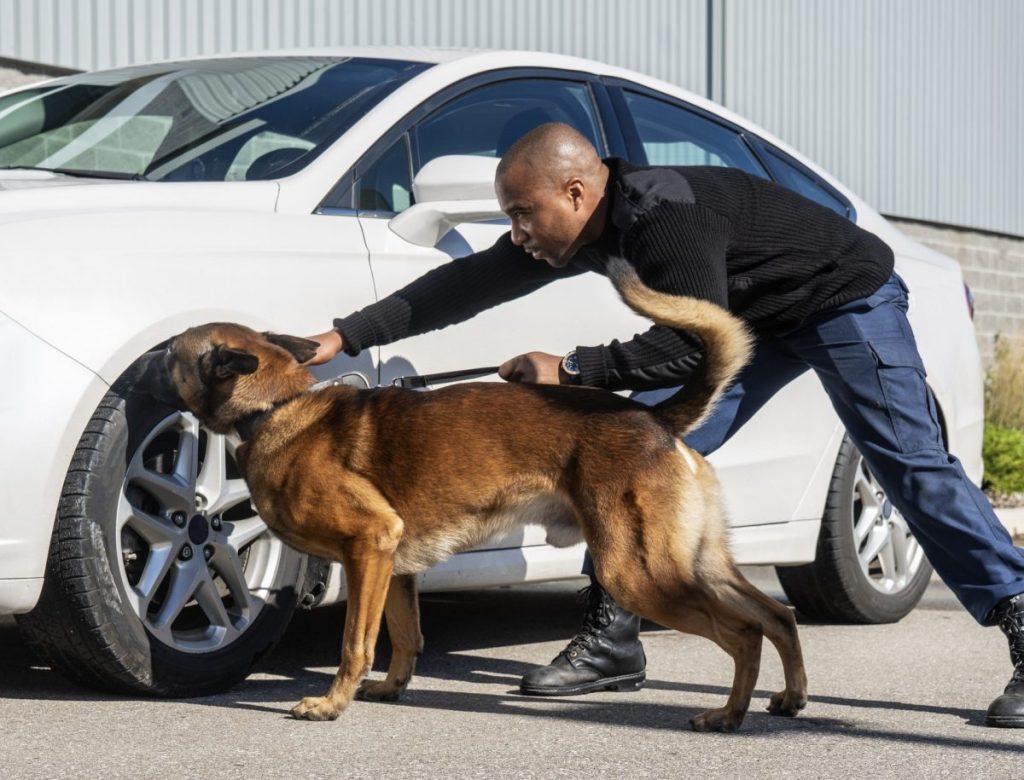A police dog’s paws have generated so much legal controversy that they may be part of a case before the Supreme Court this fall. According to USA Today, a Belgian Malinois K-9 named Nero placed his paws on a car door during a traffic stop. Some are claiming that the act constitutes an “unreasonable search” and violates the Fourth Amendment.
Police dog’s paws at center of Supreme Court case
The so-called offense occurred in Idaho in 2019. According to court records, Kirby Dorff made an “improper turn” in his car and swerved across three lanes. Police pulled him over. Nero arrived on the scene shortly thereafter. The police dog and his handler went around the car twice.
According to body-cam footage, the second time the pair circled, Nero jumped up several times. He put his paws on the driver’s side window and door. He later sniffed out a pill bottle and plastic bag, which contained meth residue. With that evidence, police were able to obtain a warrant. That led to a search of Dorff’s hotel room, where police found additional drugs. They then charged Dorff with felony drug possession.
However, in a 3-2 ruling in March, Idaho’s highest court decided that Nero placing his paws on the car constituted a warrantless search. The Fourth Amendment prohibits unreasonable searches, so that court tossed Dorff’s conviction.
K-9 search procedure questioned
Authorities who work with K-9s disagree with the court’s decision.
“Dogs are used to detect odors because of their unique ability to follow a trained odor to its source,” said Don Slavik, executive director of the United States Police Canine Association. “Once the dog detects the trained odor, it will follow the scent to the source or come as close as possible to it.”
Slavik added that police dogs may stand on their back legs and place their front legs on a car for balance as they follow a scent.
But Idaho’s Supreme Court said that there’s a big difference between a dog smelling the air around a vehicle and touching it in an attempt to sniff inside. The court wrote that it’s “the difference between a dog’s tail that brushes against the bumper of your vehicle as it walks by − and a dog who, without privilege or consent, approaches your vehicle to jump on its roof, sit on its hood, stand on its window or door.”
The case is now on its way to the Supreme Court. A decision on whether or not it will be heard should come this fall.








